ACL Revision Surgery is a complex procedure designed to address the failure of a previous ACL reconstruction. When an initial ACL surgery does not yield the desired outcomes—whether due to re-injury, graft failure, or complications—the revision surgery aims to restore knee stability and function. This procedure is typically performed using a new graft to replace the failed one, ensuring the knee can support regular movement and physical activities. Patients who undergo ACL revision surgery often have specific concerns such as knee instability, pain, or a reduced ability to participate in sports.

ACL surgery starts with a thorough assessment to confirm the extent of the ligament damage.
A suitable graft is chosen, often using the patient’s own tissue or a donor graft for reconstruction.
The surgery is minimally invasive, performed using small incisions and an arthroscope for accurate repair.
The new graft is carefully positioned to restore stability and support to the knee joint.
Post-surgery recovery involves physical therapy to regain full range of motion and strength.
After sufficient healing, patients gradually return sports and physical activities with reduced risk further injury.
Cartilage repair is a procedure aimed at restoring damaged cartilage in the joints to relieve pain and improve mobility. It is typically performed to treat cartilage defects caused by injury or wear and tear, helping to preserve joint function and prevent further degeneration.
This treatment can involve techniques such as microfracture, osteochondral autograft transplantation, or stem cell therapy, depending on the severity and location of the cartilage damage.
ACL Revision Surgery is a complex procedure designed to address the failure of a previous ACL reconstruction. When an initial ACL surgery does not yield the desired outcomes—whether due to re-injury, graft failure, or complications—the revision surgery aims to restore knee stability and function. This procedure is typically performed using a new graft to replace the failed one, ensuring the knee can support regular movement and physical activities. Patients who undergo ACL revision surgery often have specific concerns such as knee instability, pain, or a reduced ability to participate in sports.

Small incisions and the use of a camera allow for precise treatment with minimal disruption to surrounding tissues.
The procedure focuses on removing damaged tissue or repairing the meniscus to restore knee stability and reduce pain.
Due to its minimally invasive nature, patients often experience a quicker recovery time and less post-surgical discomfort.
Knee meniscectomy or arthroscopy is a minimally invasive procedure used to treat meniscus tears in the knee joint. This technique involves using small incisions to insert a camera and surgical instruments, allowing the surgeon to remove or repair the damaged meniscus, thereby improving knee function and reducing pain.
By preserving as much of the meniscus as possible, the procedure helps to maintain joint stability and prevent long-term arthritis. It is commonly performed on patients with meniscus injuries from sports or aging-related wear and tear.
Restores knee strength and prevents further joint damage. Improves mobility for daily activities and sports. Supports long-term joint health and function.
Alleviates pain and enhances joint performance. Lowers the risk of future knee injuries. Helps maintain an active and pain-free lifestyle.
Uses advanced arthroscopic techniques for precision. Reduces scarring and post-surgery discomfort. Ensures quicker healing and shorter recovery time.
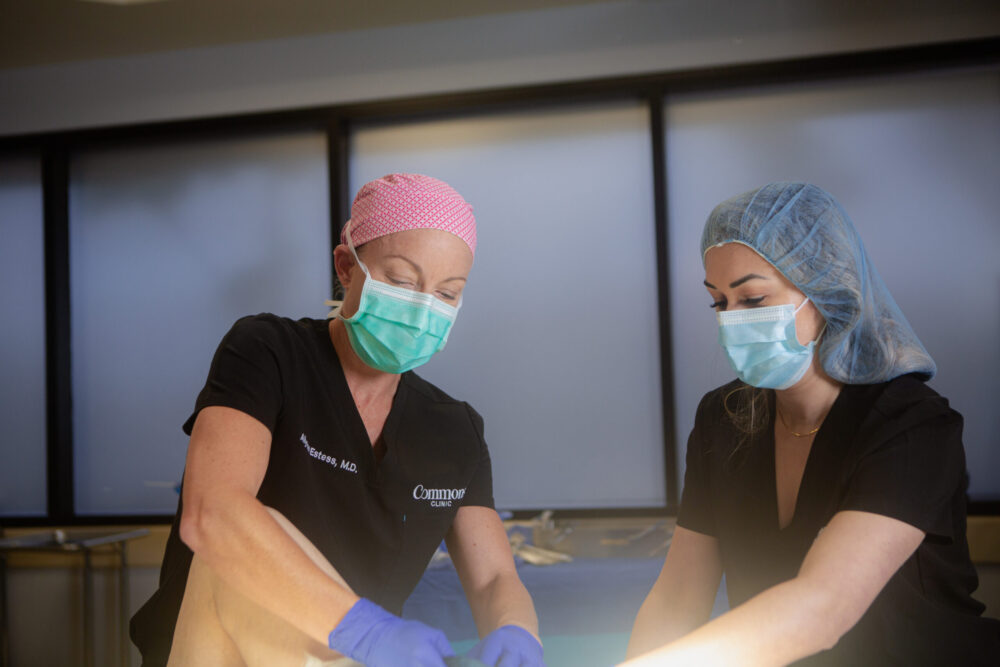
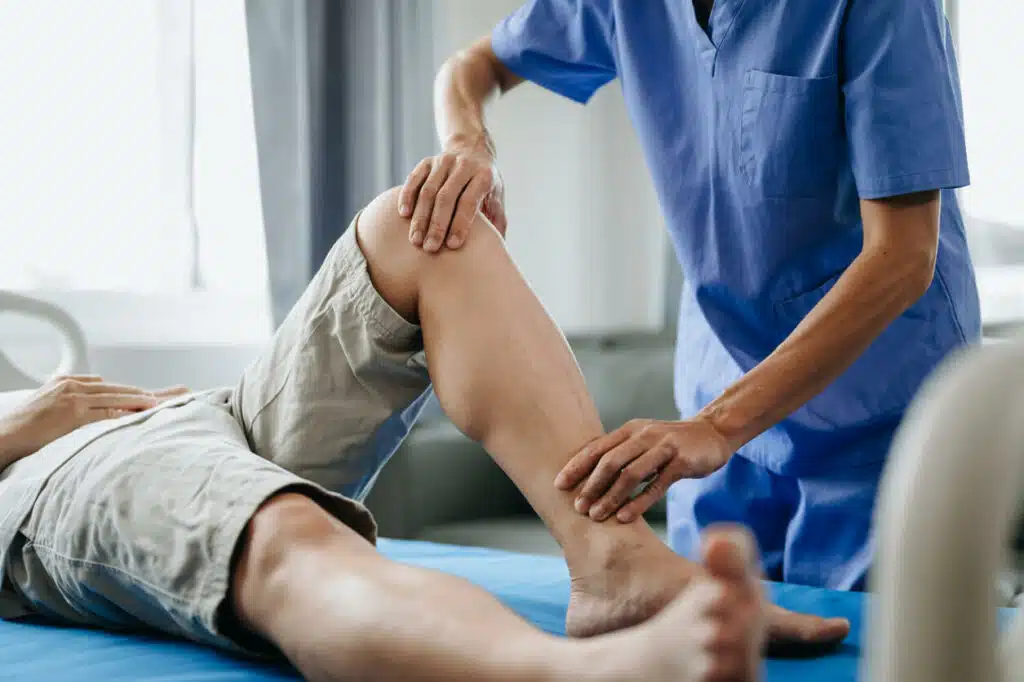
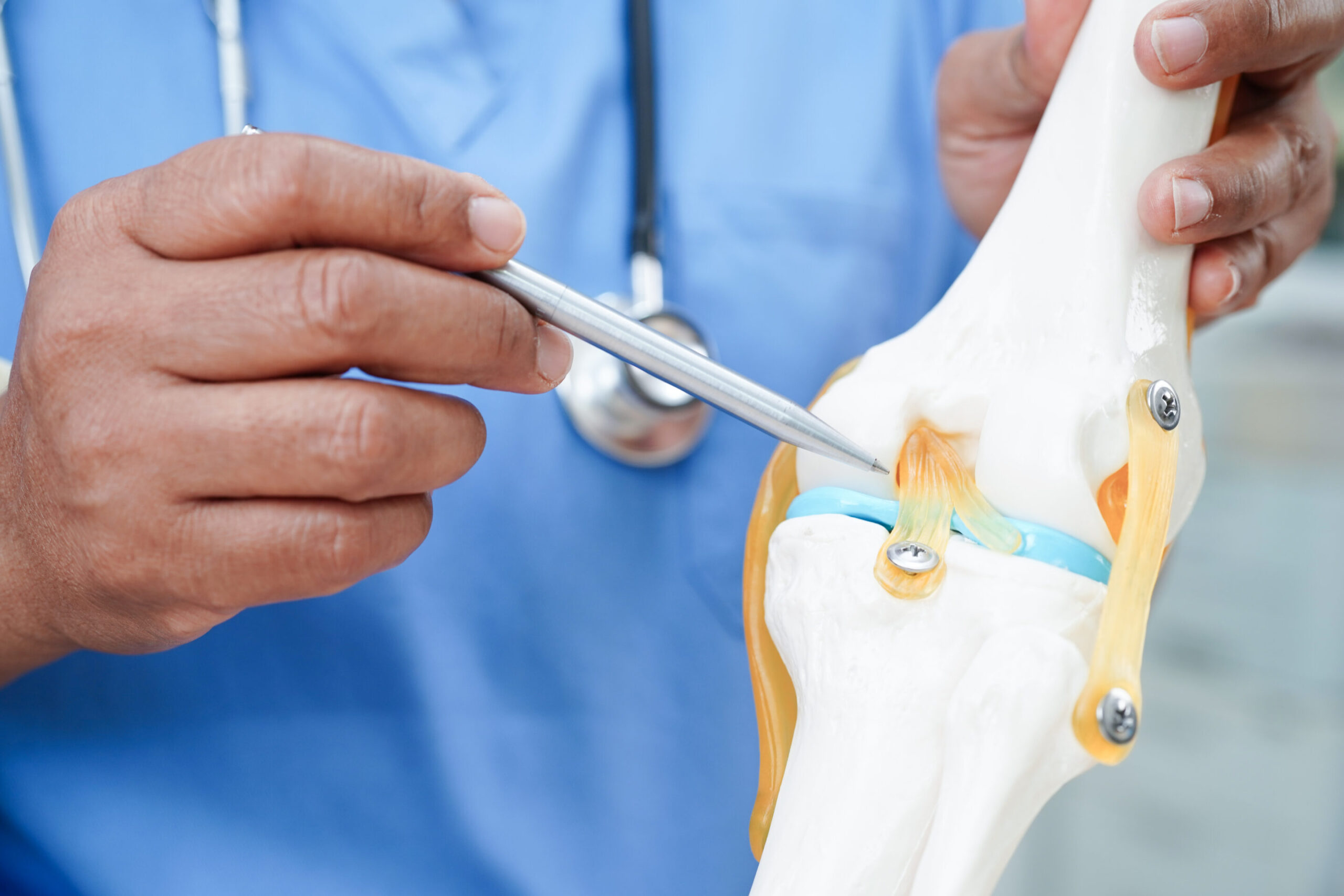
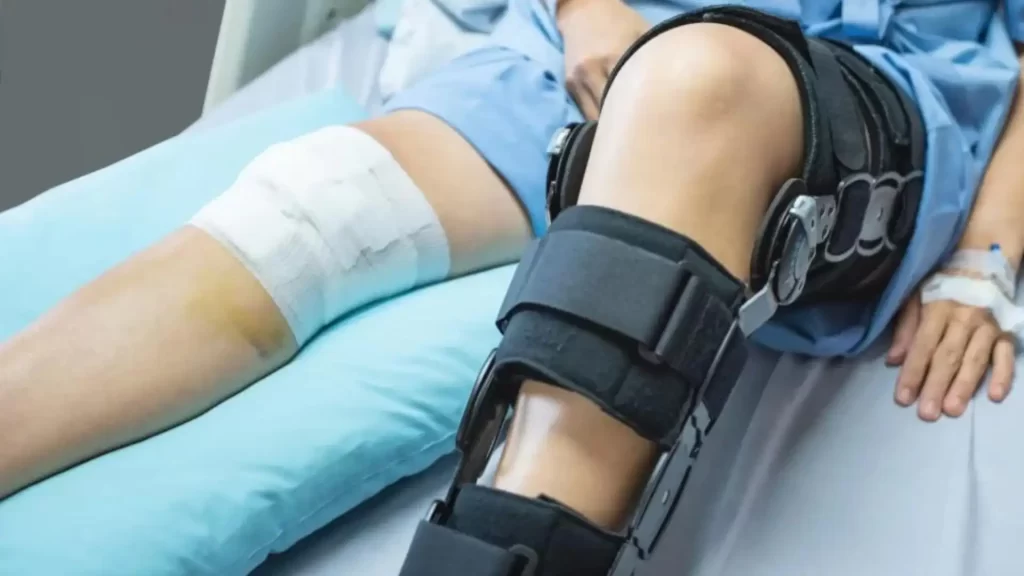
Pectoralis major tendon repair surgery restores strength and function after a tendon tear. This injury often occurs due to heavy lifting or trauma, leading to pain and weakness in the chest and arm. During the procedure, the torn tendon is reattached to the bone using sutures or anchors. Minimally invasive techniques may be used to promote faster healing and reduce scarring. Proper rehabilitation is essential for regaining mobility and muscle strength. This surgery helps patients return to daily activities and sports with improved stability.

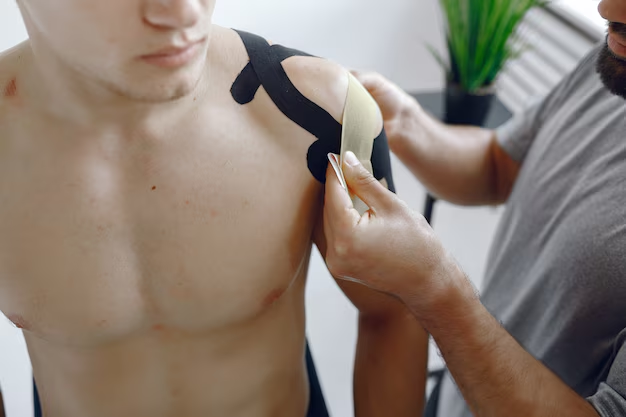
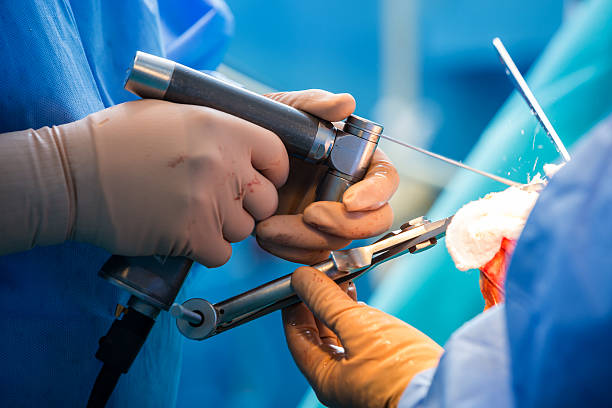
Shoulder surgery is performed to treat various conditions such as joint damage, injuries, or other complications. There are two main types of shoulder surgery:
Arthroscopic Surgery: This is a minimally invasive procedure where a small camera (arthroscope) and specialized instruments are inserted through tiny incisions in the shoulder joint. It results in less pain and a faster recovery time.
Open Surgery: This approach is used for more complex cases where larger incisions are needed to provide the surgeon with full access to the shoulder joint. It is typically required for severe injuries or advanced joint conditions.
We use cookies to improve your experience and help us understand how our site is used. Adjust your preferences or accept all for the best results.
Websites store cookies to enhance functionality and personalise your experience. You can manage your preferences, but blocking some cookies may impact site performance and services.
Essential cookies enable basic functions and are necessary for the proper function of the website.
Collects anonymous data to help us measure site traffic and improve usability.
Tracks anonymized site usage to help us understand and improve performance.